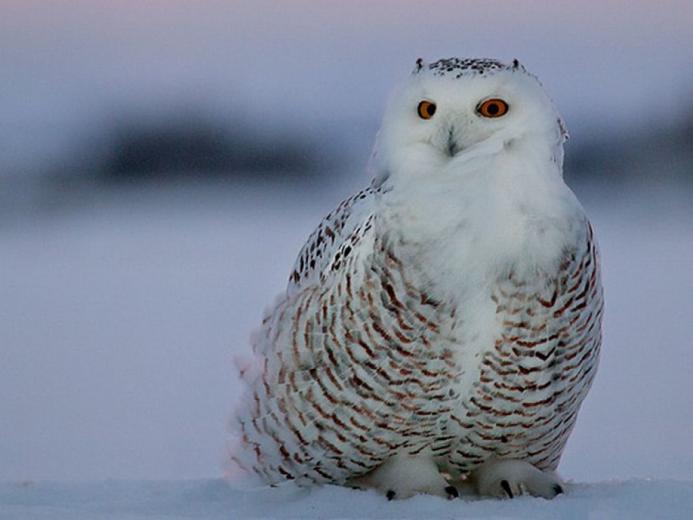Remember kid, at some point in the far future, every star will burn out. There will be no more light, no more warmth. The universe will become an infinite void, without life. That is our future, dear child. That is the reality of our existence. All life, all light, extinguished by time.
Anyways that’s why I’m a dog on the internet
Don’t worry about it though bud. Long before the sun’s light goes out, the structure of the stars break apart, all particles scatter, and the universe finally dies; you will die. The light in your eyes will extinguish, your bones and flesh will fall apart, and the atoms that make you will scatter throughout the earth.
At least that’s what we think will hapen with our current knowledge*
The first rule of thermodynamics is you do not talk about thermodynamics.
The second rule of thermodynamics is YOU DO NO TALK ABOUT THERMODYNAMICSThe second law of thermodynamics is that chaos always win.
This was my face when I foolishly asked my maths teacher what pi was - he spoke for a long time, I understand nothing and I was late to my next class.
I’m not a teacher, but I’m so ready for a kid (or anyone) to ask me this so I can do a better job. Ideally somewhere I can get hold of coins because who carries those any more?
…and that, son, is why at some point in the distant future the universe will be an undifferentiated soup of unvarying temperature, full of depleted and inert mass slowly evaporating into photons. In the end, everything you’ve ever been, ever done, and ever seen will be nothing more than a diffuse haze of light, racing unobserved and unobservable through a dead and infinite void. Any questions?
One of my nephews asks about these sorts of things all the time. It’s a delight that he’s frequently interested in the answer. Usually I have to abstract it by a bit, but he’s smart and will often bring up my answers later.
Can you explain it to me like i’m a 10 yrs old (which i’m not 🙄), then?
My intuitive explanation would be that all things have different states in which they can be: solid, fluid/liquid and gaseous. It just depends on how cold or hot it is what state the material is in. Even oxygen can be fluid at sufficiently low temperatures and metals gaseous at really high temperatures. (This varies with pressure, but maybe this gets too complicated.)
So when ice gets too warm (because it isn’t in the freezer anymore for example), it changes its state to a liquid. You can imagine all molecules to be in various interactions with each other. When it is cold for them, they snuggle together and form a solid clump. When it gets warmer they begin to dance and not be as close anymore. They sway together and form a fluid. But when they are really hot they are even further away from each other so now they are pretty lose, forming a gas.
When water is in the form of ice it means that the water molecules are cold and snuggle together. As they get warmed by their environment they slowly begin to not be as close together anymore, so they slowly melt and form water.
1st law of thermodynamics: best you can do is 100% efficiency.
2nd law of thermodynamics: haha jk
This is me every day with my two year old who asks why all day long.
This is really close to what I do for a living.








